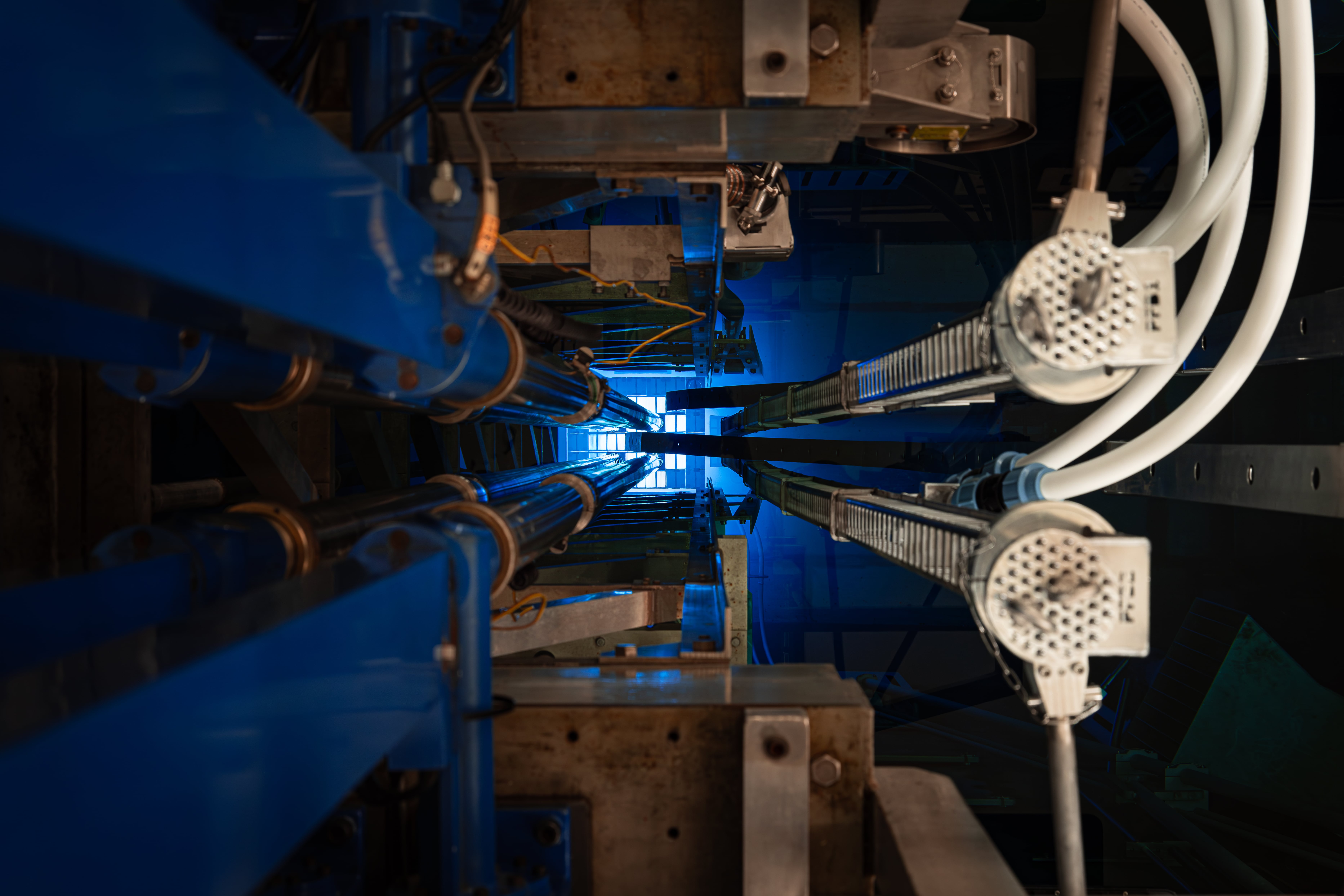OYSTER: the technology and the changes
Cold source
As part of the OYSTER programme, the RID’s neutron source has been connected to a system which will cool the neutrons it produces to -250 °C. At this extremely low temperature, it is easier for our scientists to “guide” the particles and so obtain better research results. Cooled neutrons have more interaction with a research object than non-cooled neutrons. The quality and speed of measurements with cold neutrons can therefore be improved by a factor of a hundred.
Measuring equipment
In tandem with this change, the existing equipment has been updated and new measuring equipment has been developed for use with the cold neutrons we are producing. These devices will allow researchers to take measurements which have never before been possible.
Why cold neutrons?
Neutrons help to give insight into the structure and dynamics of materials such as colloids, hydrogen, lithium, metals or surfactants. Cooling the neutrons provides the researchers with more possibilities: they have more neutrons available, they can “guide” the particles better, they need less “beam” time for measurements and they can measure at wavelengths that were previously not possible. All-in-all, they get more detail out of the measurements. And what is also kept the same: the material is not damaged.
Who can use the neutrons?
The research reactor is accessible to all researchers, from both the Netherlands, Europe as well as worldwide. Whether it is research by a public university or a private R&D department, researchers can use the equipment to dive deep into the structure of materials. Examples include research into lithium batteries and solar cells, improving the structure of meat replacements, the development of a sensor for hydrogen as well as new production methods for medical isotopes to diagnose and treat cancer.
